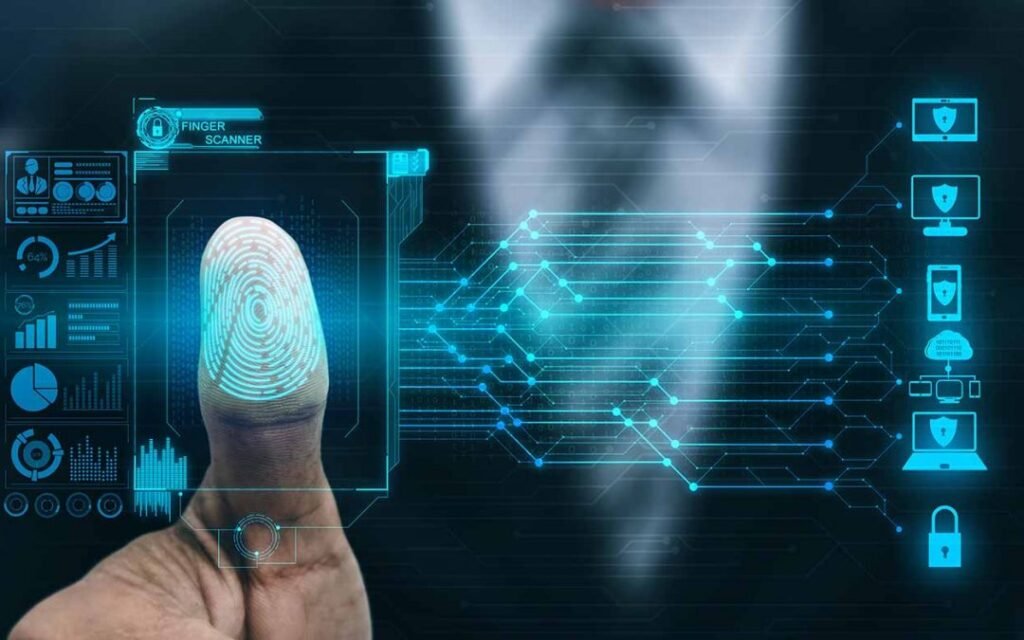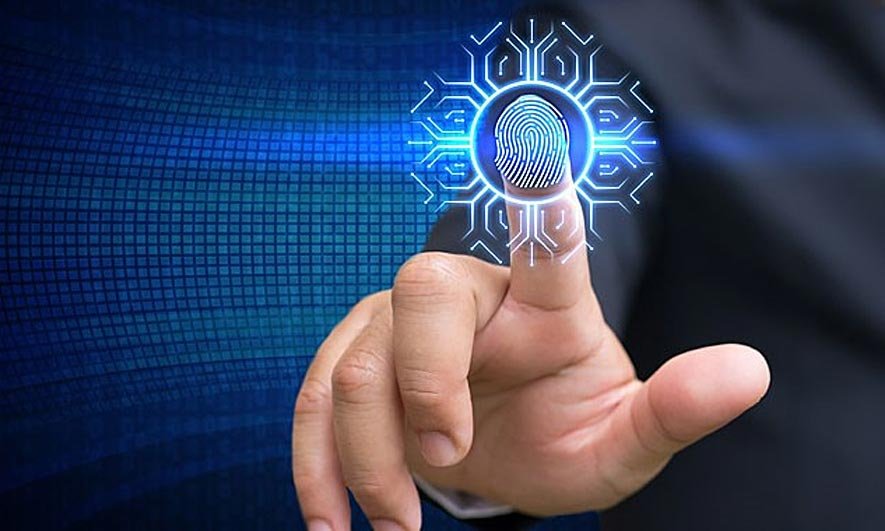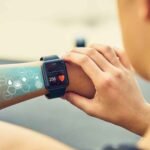The Best Uses of Biometric Technology
Biometric technology has transformed authentication and identification processes across various industries, offering secure and reliable methods based on unique biological traits. From enhancing security to streamlining operations, biometrics play a pivotal role in modern applications. Explore the diverse uses and benefits of biometric technology below.

Enhancing Security Measures: Biometrics in Access Control
Biometric technology strengthens security measures by verifying individuals based on their unique physiological or behavioral characteristics. Facial recognition, fingerprint scanning, and iris recognition systems provide robust access control solutions in high-security environments such as government facilities, corporate offices, and airports. Biometric authentication ensures only authorized personnel gain access, reducing the risk of unauthorized entry and enhancing overall security protocols.
Biometrics in Law Enforcement
Law enforcement agencies utilize biometric technology to identify suspects and prevent crime effectively. Fingerprint analysis, facial recognition software, and iris scanning systems help law enforcement officers match individuals to criminal databases swiftly and accurately. Biometric data aids in solving cases, identifying repeat offenders, and enhancing public safety through advanced identification and surveillance techniques.
Personal Device Security
Biometric authentication has revolutionized personal device security, replacing traditional passwords with more secure and convenient methods. Smartphones, tablets, and laptops integrate fingerprint sensors, facial recognition technology, or iris scanners to grant access to users based on their unique biometric data. This ensures sensitive information remains protected from unauthorized access, offering a seamless and user-friendly authentication experience.
Biometrics in Healthcarecy
Biometric technology enhances healthcare security by verifying patient identities accurately and efficiently. Hospitals and healthcare facilities use biometrics for patient registration, medication administration, and access to electronic health records (EHRs). Biometric identification reduces medical errors, enhances patient safety, and safeguards sensitive health information, ensuring compliance with healthcare regulations and maintaining confidentiality.
Streamlining Financial Transactions
Biometric authentication streamlines financial transactions by offering secure and convenient verification methods. Banks and financial institutions deploy biometric technologies such as fingerprint scanning or facial recognition to authenticate customers during account access, ATM withdrawals, and online payments. Biometrics enhance transaction security, mitigate fraud risks, and provide customers with frictionless banking experiences.
Biometric Technology in Travel and Immigration
Biometrics facilitate efficient border control and immigration processes by verifying travelers’ identities swiftly and accurately. Airports and border checkpoints use biometric systems, including facial recognition and iris scanning, to expedite passenger screening and enhance border security. Biometric data integration with travel documents and immigration databases improves operational efficiency, reduces queuing times, and enhances overall travel experience.
Conclusion
Biometric technology offers versatile applications across security, law enforcement, healthcare, finance, travel, and personal device authentication. By leveraging unique biological traits for identification and verification purposes, organizations enhance security measures, streamline operations, and provide users with seamless and secure experiences. As biometric technology continues to evolve, its integration into various sectors will drive innovation and redefine standards for authentication and identification.



